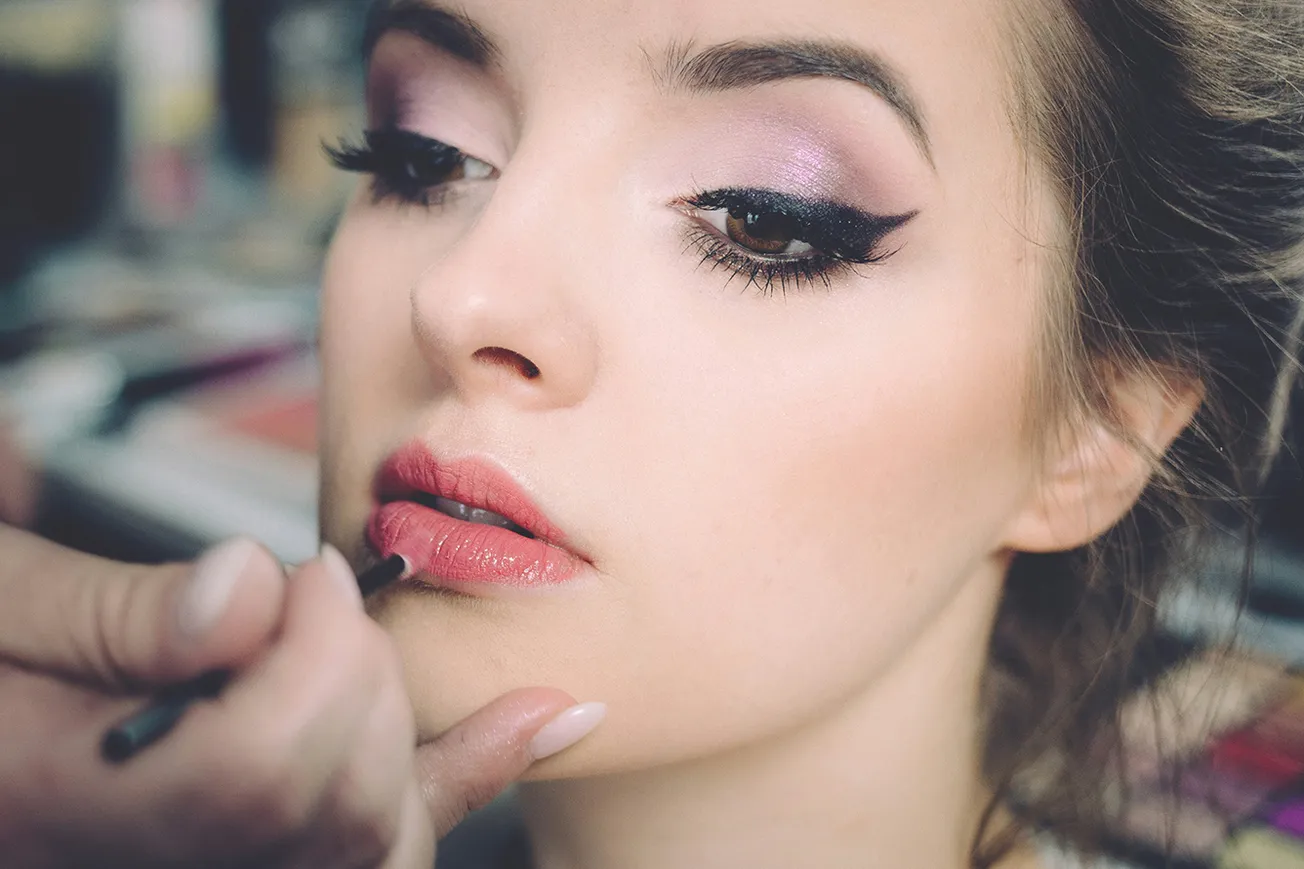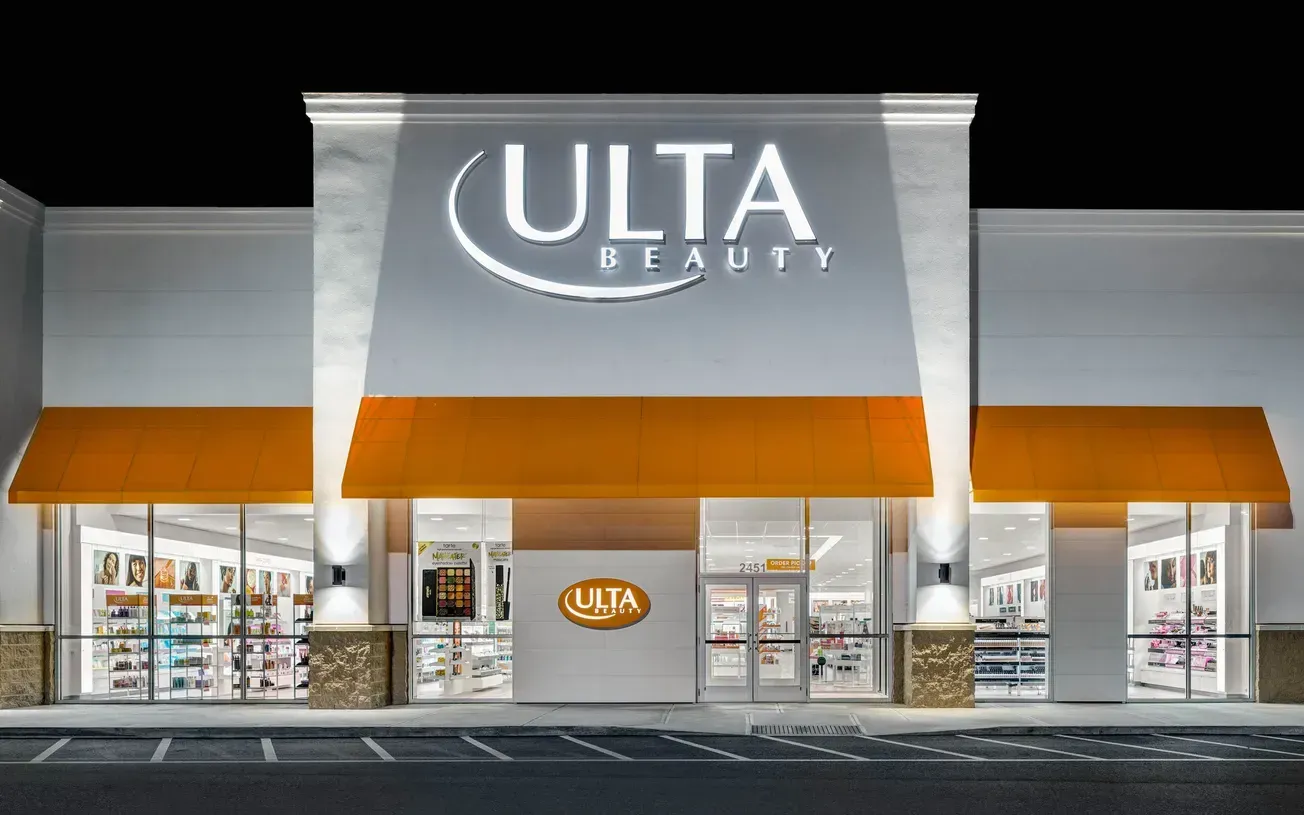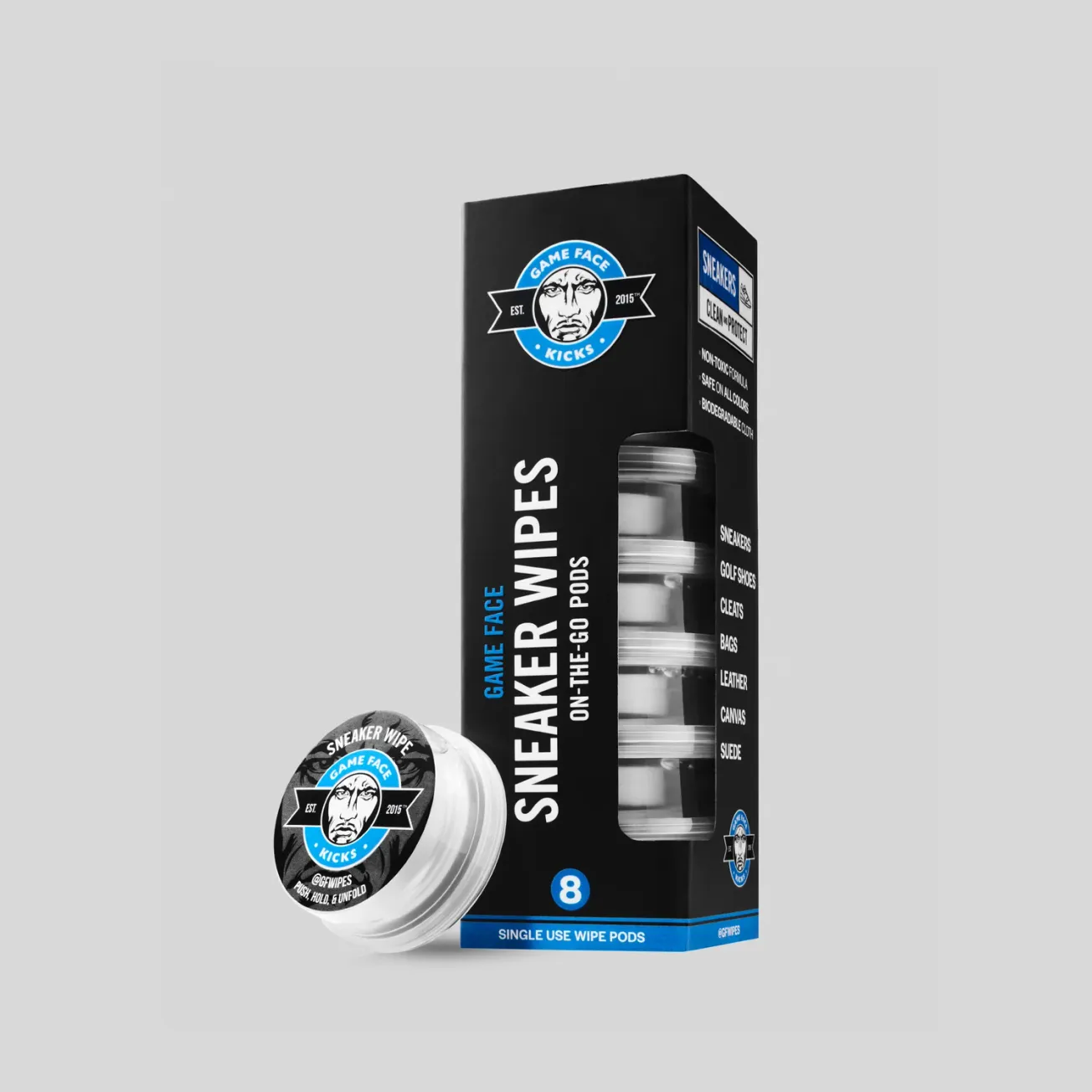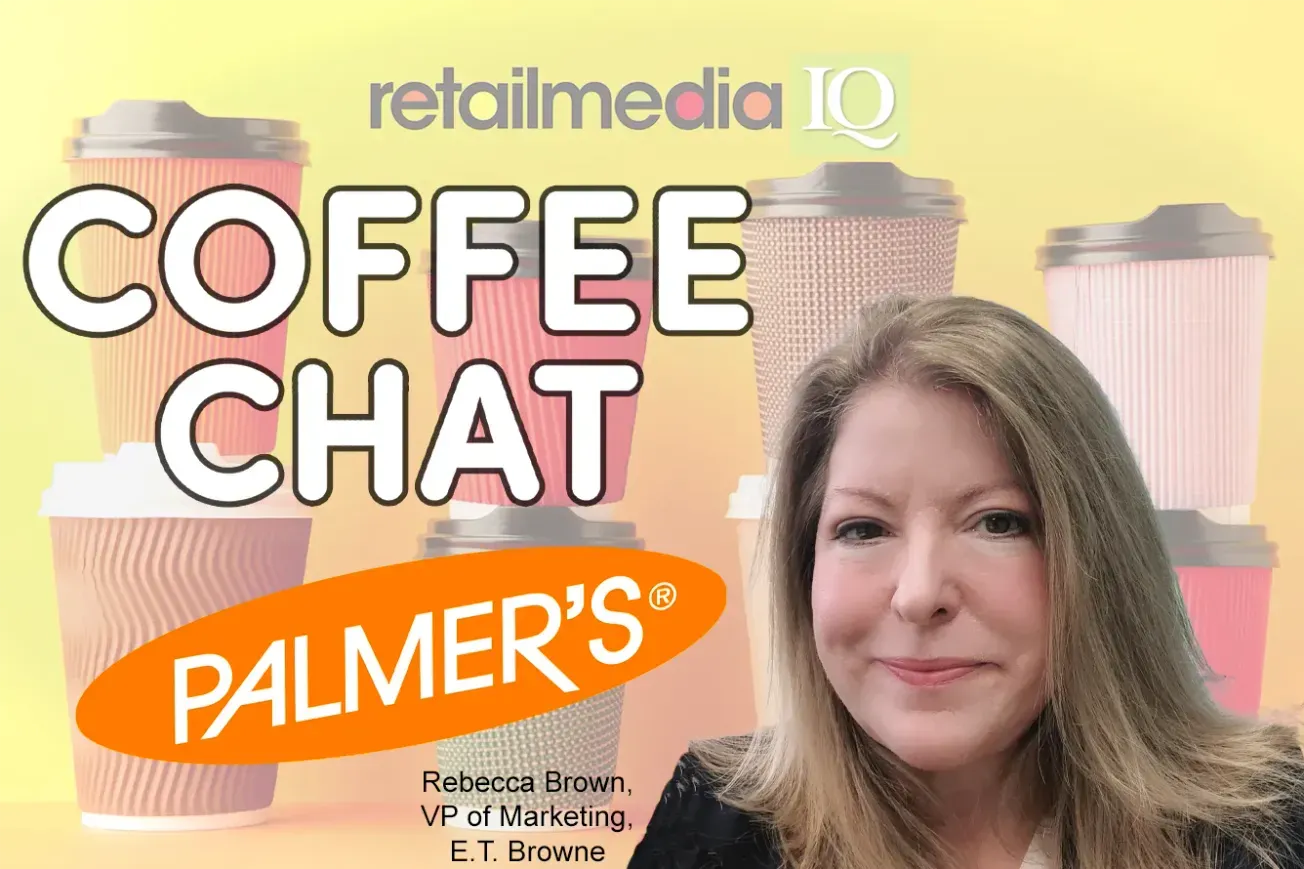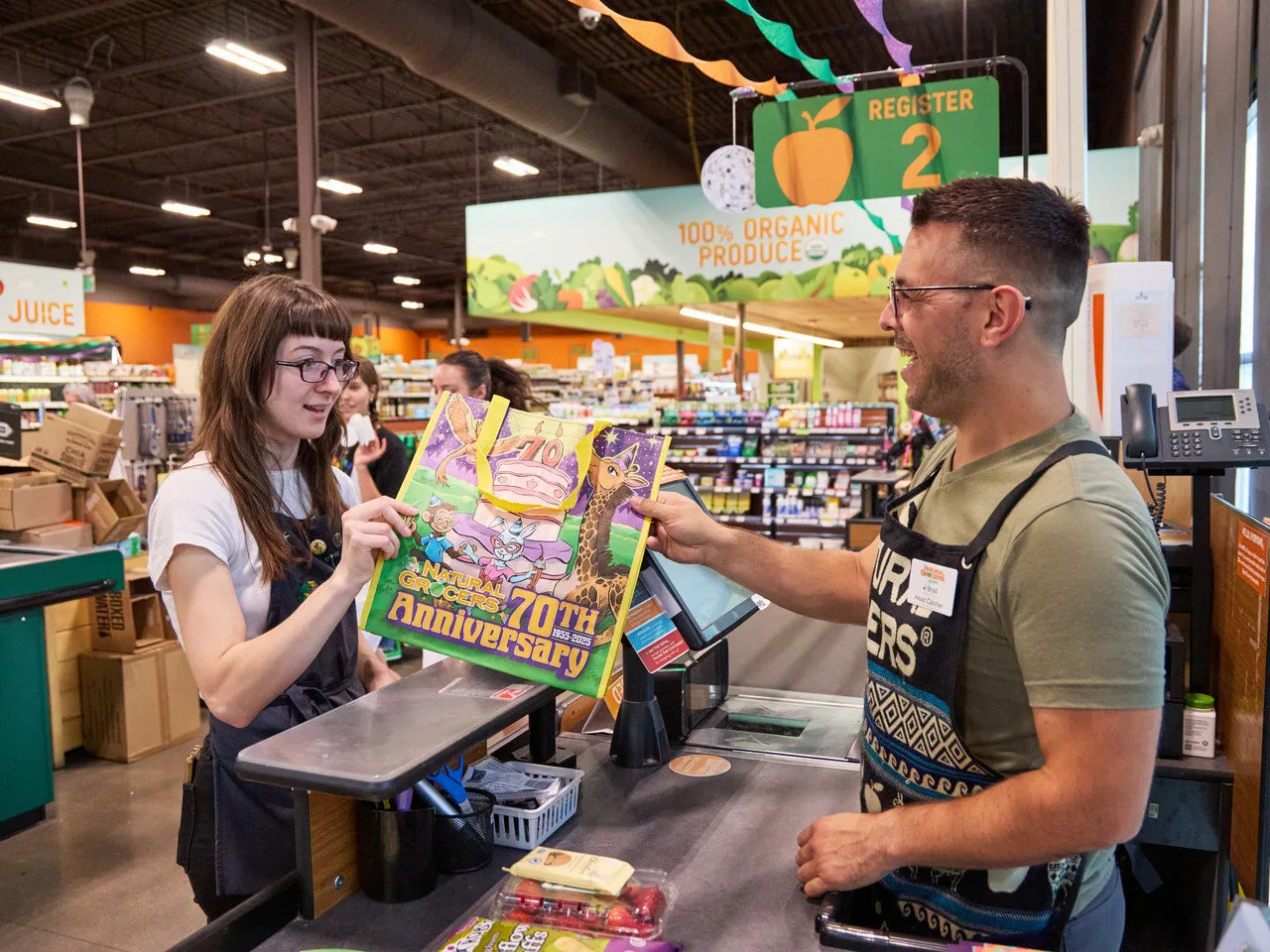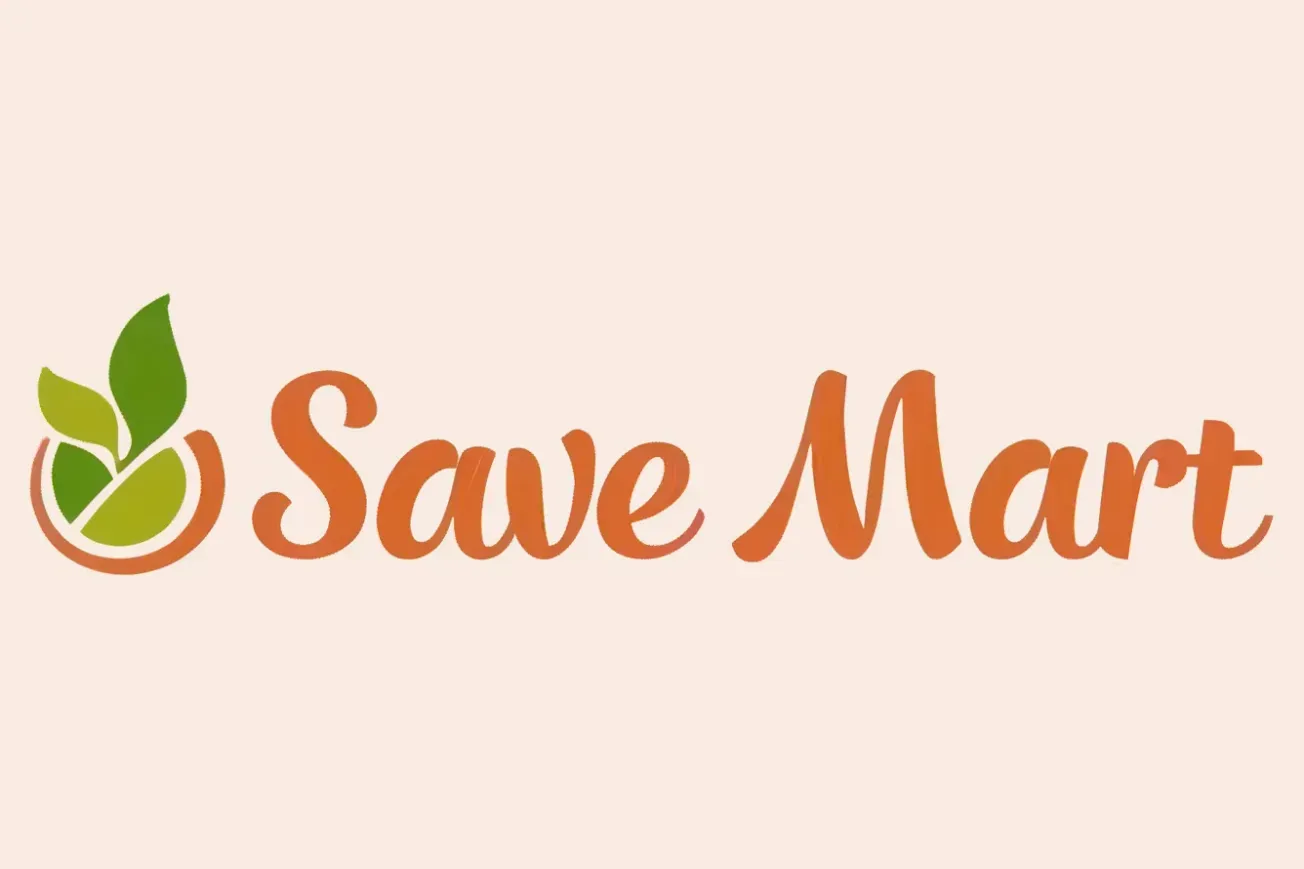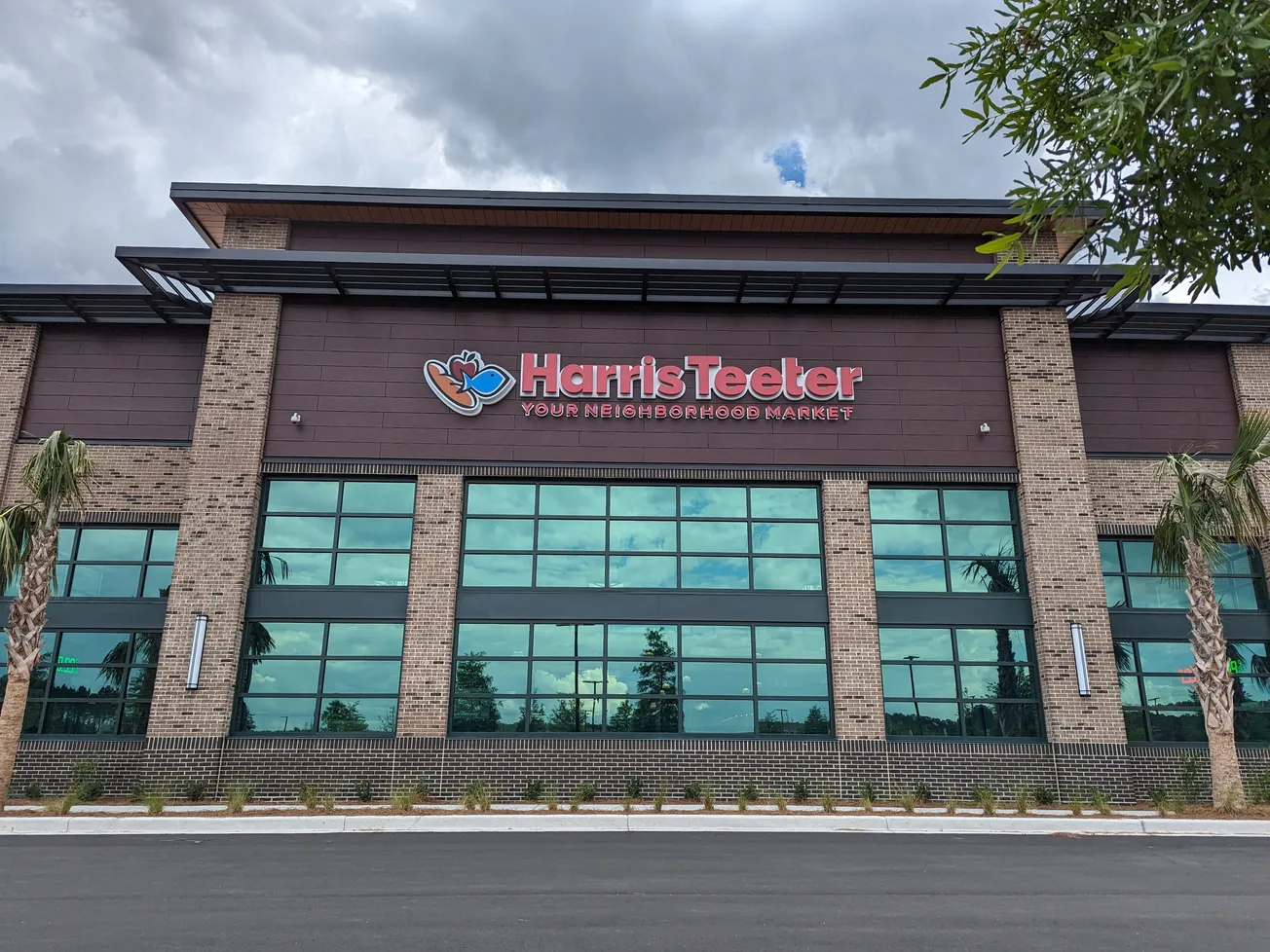CHICAGO – The U.S. prestige beauty market grew by 8% to $15.3 billion in the first half of 2024 while sales at mass merchants were flat, according to Circana.
Below are the key highlights and takeaways across the beauty landscape through the first six months of the year.
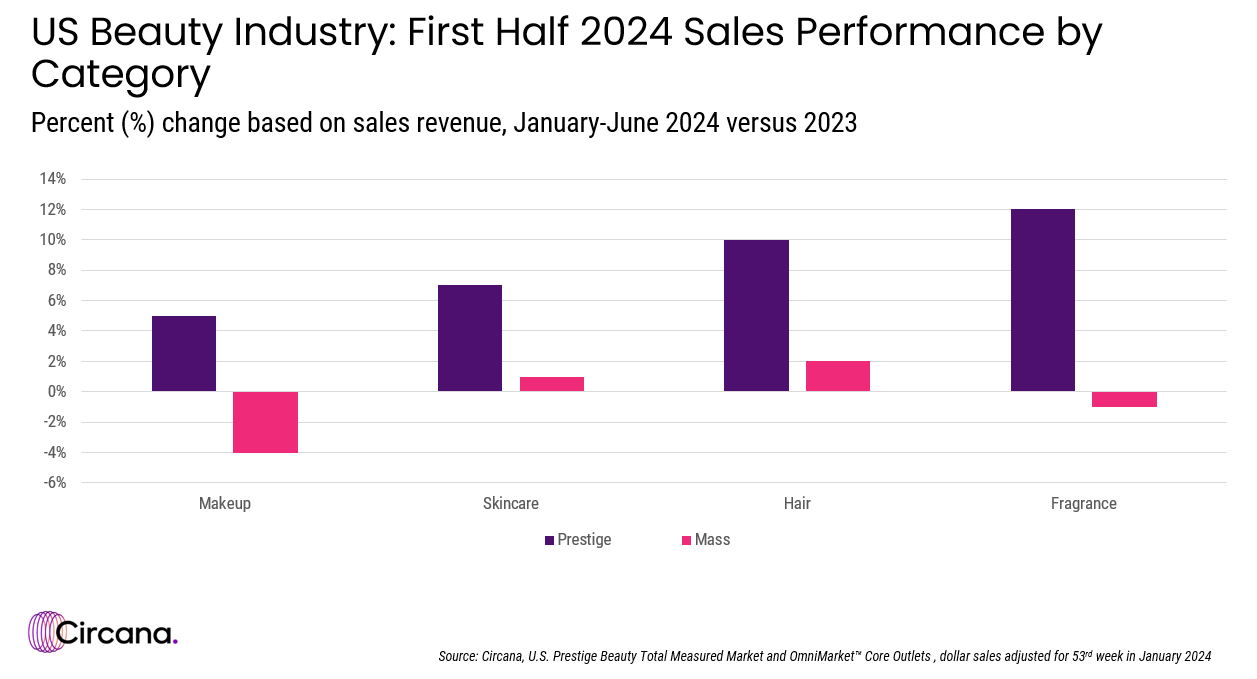
Fragrance is the fastest-growing prestige beauty category so far this year, with dollar sales up 12% in the first half versus the same period in 2023. Sales are growing at both the higher and lower ends of the price spectrum within prestige: eau de parfums and parfums continue to drive the greatest impact to growth and rising prices, while lower-priced products including mini sizes and body sprays are contributing to the category’s success. In fact, units sold for mini- and travel-sized product grew at double the rate compared to the overall fragrance category. Largely trending among younger consumers, body mists and sprays, with average prices under $25, more than doubled in sales revenue since the first half of 2023. Younger consumers are also fueling the dupe culture trend, which is a particular bright spot in the mass fragrance market, where private label brands grew more than 50% -- many brands of which are touted as affordable duplicates of prestige and luxury brands.
Makeup remains the largest category in the prestige market as year over year sales grew by 5%. The lip segment continued to outperform, with double-digit growth led by lip balms and oils. Less traditional makeup forms are also outperforming outside of the lip segment, including liquid blush; stick, balm, and liquid bronzer; stick foundation; and stick eye shadow. In the mass market cosmetics aisle, lip gloss and liner were top sales gainers, further illustrating the consumer focus on the lips.
Through June, prestige skincare dollar sales increased by 7% and it remains the fastest-growing category based on units sold. Body is the fastest-growing segment of the skincare market, with body spray sales growing triple-digits and large volume segments like creams, lotions, and cleaners also contributing to this trend with double digit growth. According to Circana’s receipt-based Checkout data, first half consumer spending on prestige body products increased by 25% and there are 17% more buyers in this market than there were last year.
Hair product sales in the prestige market increased by 10%, based on dollars, with styling and treatments the fastest-growing areas of the category. Premiumization continues to drive growth; hair products with average prices above $30 grew at three-times the rate of lower priced items and now account for 25% of unit sales for the category – compared to 15% just three years ago. The prestige hair market also tells an interesting channel story, as the only beauty category with the majority of sales happening online. And, in fact, the e-commerce channel is showing no signs of slowing, with sales growing double digits.
“An accelerated bifurcation is emerging in the beauty industry highlighted by the continued strong growth in prestige in relation to the mass market,” said Larissa Jensen, global beauty industry advisor at Circana. “Within prestige, drivers of growth point to a similar pattern, indicative of a consumer who is seeking elevated value. Optimizing these opportunities will vary as consumers’ approach to beauty spending differs by demographic – from attitudes and usage, to purchase influencers and shopping preferences.”


